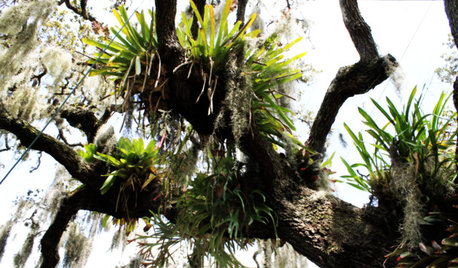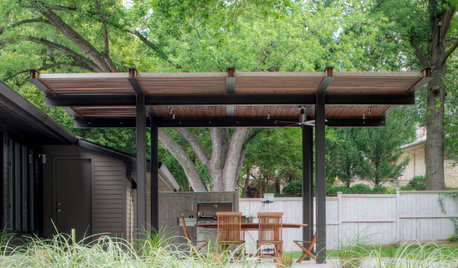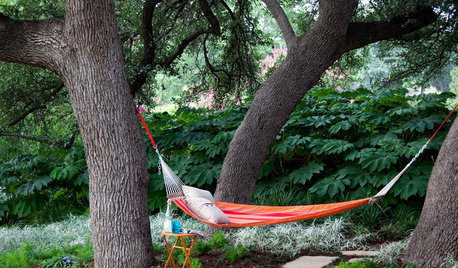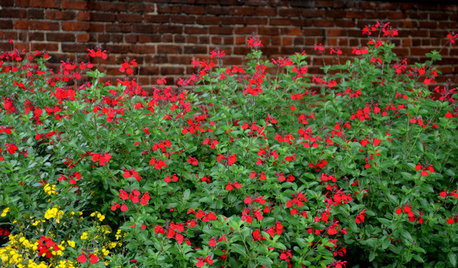Pomegranates in humid climates?
Scott F Smith
16 years ago
Related Stories

GARDENING GUIDESGot a Hot, Humid Landscape? Add Tropical Flair With Air Plants
Turn tree trunks and walls into lush canvases with plants adapted to the canopies of the rainforest
Full Story
GARDENING GUIDES7 Fall Beauties for Mild-Climate Container Gardens
We're talking long-term relationship: These showy shrubs will bring color to your container garden autumn after autumn
Full Story
PATIOSPatio Details: A Modern Pergola Stands Up to Nebraska’s Climate
Challenging weather is no match for this family's tough but elegant-looking outdoor space
Full Story
ARCHITECTURE15 Smart Design Choices for Cold Climates
Keep your home safe and comfortable in winter by choosing the right home features and systems
Full Story
DECORATING GUIDESGive Your Hot-Climate Home a Fall Feel
If soaring temperatures are putting a damper on your fall decorating, try these lighter takes on autumn style
Full Story
LANDSCAPE DESIGNCelebrate a Sunny Climate With the Right Leafy Palm for Your Site
So you get freezes or floods. So your garden is small. These palms send excuses riding off into the tropical sunset
Full Story
FALL GARDENING5 Fall Fruits You Can Grow in Containers
Brighten your porch or patio with a potted pomegranate, kumquat, blueberry bush or another great fall fruit
Full Story
GARDENING GUIDES10 Top Native Plants for the U.S. Southeast
For a low-maintenance and wildlife-friendly landscape, use Southern natives that withstand heat and humidity
Full Story
GARDENING GUIDES8 Essential Native Shade Trees for the U.S. Southeast
These beauties provide cool shade in the summer and easily withstand the heat and humidity of the South
Full Story
GARDENING GUIDESGreat Design Plant: Autumn Sage Brings Color and Butterflies
Whether you live in the arid desert or the humid South, you'll likely find this deer-resistant beauty as irresistible as winged creatures do
Full StoryMore Discussions









lucky_p
gene_washdc
Related Professionals
Chattanooga Landscape Architects & Landscape Designers · Glassmanor Landscape Architects & Landscape Designers · Mooresville Landscape Contractors · Athens Landscape Contractors · Berwyn Landscape Contractors · Beverly Hills Landscape Contractors · Burlington Landscape Contractors · Fishers Landscape Contractors · Lees Summit Landscape Contractors · Muttontown Landscape Contractors · Pleasant Hill Landscape Contractors · Seminole Landscape Contractors · Wilton Landscape Contractors · Quartz Hill Landscape Contractors · Camp Springs Landscape ContractorsScott F SmithOriginal Author
joereal
kiwinut
gene_washdc
lucky_p
Scott F SmithOriginal Author
lucky_p
gene_washdc
rcnaylor
membertom